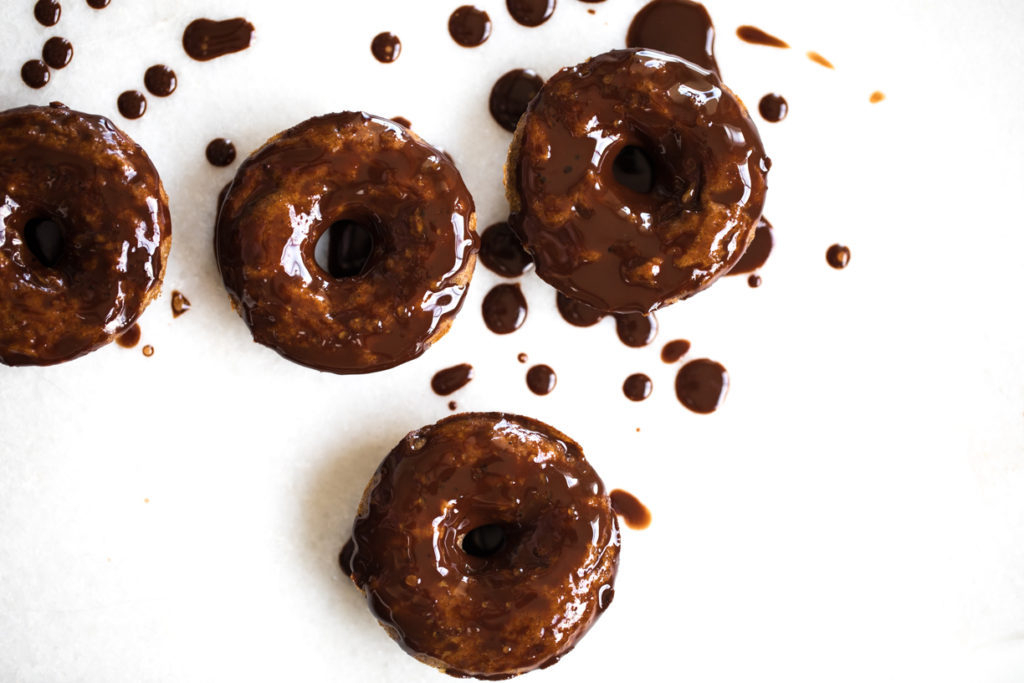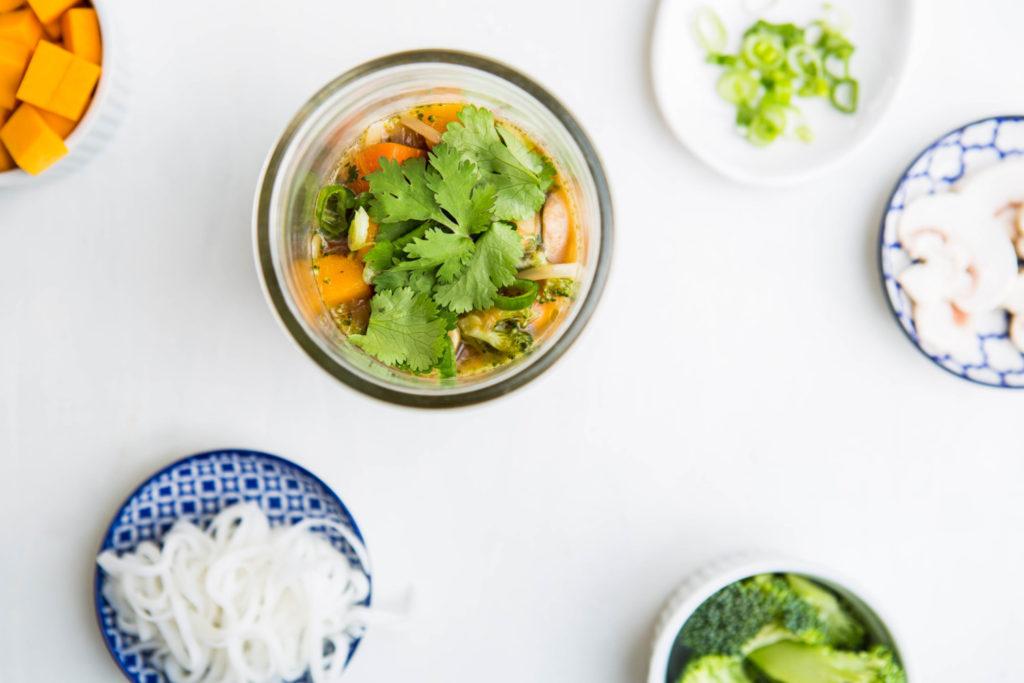If you're a woman, chances are that you've eaten a 1200-calorie diet at some point.
But how is that number determined? What does it mean? And is it right for everyone?
In this post I break that down for you. [There's even a video!]

How calories are determined
If you were to lay in bed all day, you require a certain amount of energy to generate every function occurring in your body. To pump blood, digest food, breathe, receive and send messages from the brain, pump your heart. And the list goes on.
That energy amount is termed a resting metabolic rate (RMR) and is generally represented in a measure called kilojoules (kJ).
So to clarify, RMR is the energy that you require to run your organs and nothing else.
This figure is individual and based on a whole heap of factors such as:
- gender
- age
- genetics
- lean muscle mass
- body weight
- height
Throughout life, this figure remains fairly stable.
We do know however that ageing commonly is associated with a "progressive decline in whole-body RMR at a rate of 1–2% per decade after 20 years of age."[1]
And this decline is closely linked with a decrease in lean muscle mass AKA you lose muscle as you age and your RMR decreases too. From a physiological perspective, this makes sense as we tend to do less as we age and therefore require less energy to exist.

Energy requirements can differ largely from person-to-person.
You will likely find that your own energy requirements in fact differ day-to-day as you perform different activities and experience differing sleep. Although this difference is nominal.
Your RMR can be determined from generalised equations such as the Schofield equation or the Harris-Benedict equation though both have their flaws. For instance, the former doesn't allow for individuals on the shorter or taller end of the height scale.
These both use gender, height and weight data to determine your energy needs expressed in kJ which can then be converted to calories.
Clinically and personally, I tend to rely on what's called a DEXA scan which is a form of X-ray and as well as measuring bone density (its main use clinically), it can determine body composition and RMR about as accurately as is possible from just a short scan.
Once you have your RMR; the figure for what you need to put IN, a figure needs to be applied for energy expenditure (EE); the energy you are expending OUT, to maintain your current weight.
Again, there are generalised equations that attempt to account for your type of work (student, office worker, retail, manual labour etc) and the amount of exercise you perform on a regular basis (none, light, moderate, intense) which are called physical activity levels (PAL).
This figure is then applied to your RMR and multiplied for your overall energy needs and maintenance of your current weight.
Example:
RMR (1400) x PAL (1.4)
= 1400 x 1.4
= 1960 calories/day
Why 1200 calories?
Incredibly popular with weight loss programs (Jenny Craig, Weight Watchers, Michelle Bridges etc).
But why this figure?
If you were to average out across a population, the height and weight of women, you'd arrive at a certain RMR figure.
You'd then assume general activity levels which are added to the RMR because remember it doesn't account for what we expend through life and activities.
And then you'd subtract say 25% to account for what's called a calorie deficit and in the eyes of the program, a desired weight loss result.
Simple right?
I can tell you that for me, this figure would be considerable under-eating and a calorie deficit larger than 25%.
And I can say that is the case for many individuals.
Which also goes a long way to wreak havoc on your metabolic regulation. In short, the body hates extremes. It sees gross withholding of energy (food) as dangerous and a reason to hold onto ever more body fat as protection.
In addition to this figure not allowing for individualisation, learning of lifelong skills or allowing for the un-learning of external dieting rules, we know that almost 80% of weight lost is gained back over 5 years [2].

So what then?
Unless you're an elite athlete with very specific requirements and goals, I'd encourage you to not get so hung up on caloric requirements.
And certainly to not rely on an obscure number you've read somewhere or is included in a plan and apply that to yourself without further consideration.
1200 calories? No.
In fact, I'm yet to meet a client that this applies to. Even if weight loss is their goal.
Whether weight gain, loss or maintenance is your goal, I'd recommend seeking the support of a professional and qualified Nutritionist or Dietitian.
If you're interested in working with me, you can find details on my clinic here.
References
-
Manini T 2010, ‘Energy Expenditure and Aging’, Aging Research Reviews, vol. 9, no. 1, pp. 1-26, viewed 1 April 2019, <https://www.ncbi.nlm.nih.gov/pmc/articles/PMC2818133/pdf/nihms145151.pdf>.
-
Long-term weight-loss maintenance: a meta-analysis of US studies', The American Journal of Clinical Nutrition, vol. 74, no. 5, pp. 579-584, viewed 1 April 2019, <https://academic.oup.com/ajcn/article/74/5/579/4737391>.

